The ultimate guide to cleaning your makeup brushes
Here’s how to brush up on your technique
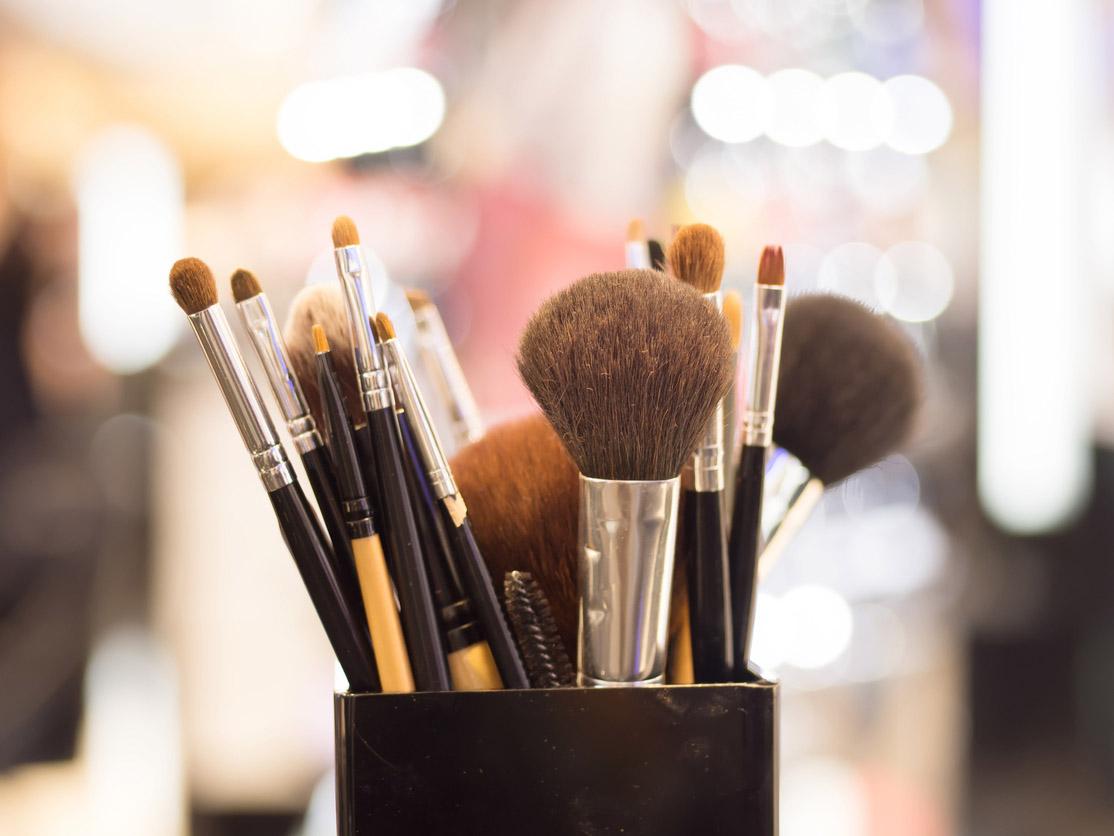
Your support helps us to tell the story
From reproductive rights to climate change to Big Tech, The Independent is on the ground when the story is developing. Whether it's investigating the financials of Elon Musk's pro-Trump PAC or producing our latest documentary, 'The A Word', which shines a light on the American women fighting for reproductive rights, we know how important it is to parse out the facts from the messaging.
At such a critical moment in US history, we need reporters on the ground. Your donation allows us to keep sending journalists to speak to both sides of the story.
The Independent is trusted by Americans across the entire political spectrum. And unlike many other quality news outlets, we choose not to lock Americans out of our reporting and analysis with paywalls. We believe quality journalism should be available to everyone, paid for by those who can afford it.
Your support makes all the difference.Be honest, when was the last time you cleaned your makeup brushes? If it wasn’t in the last couple of weeks, or even months, then it’s time to get acquainted with a cleanser.
It might be one of those mundane tasks that none of us really want to do, but taking the time to clean your brushes properly is essential.
Why? Because not only will you massively reduce the risk of an unwelcome break-out – dirty brushes harbour bacteria that can cause skin problems and infections – but it will also ensure they perform better and last longer.
After all, a good set of makeup brushes can be pretty costly, and a good cleaning routine is the best insurance against their untimely demise.
Here, we take a look at everything you need to know to make sure your tools are in tip-top shape.
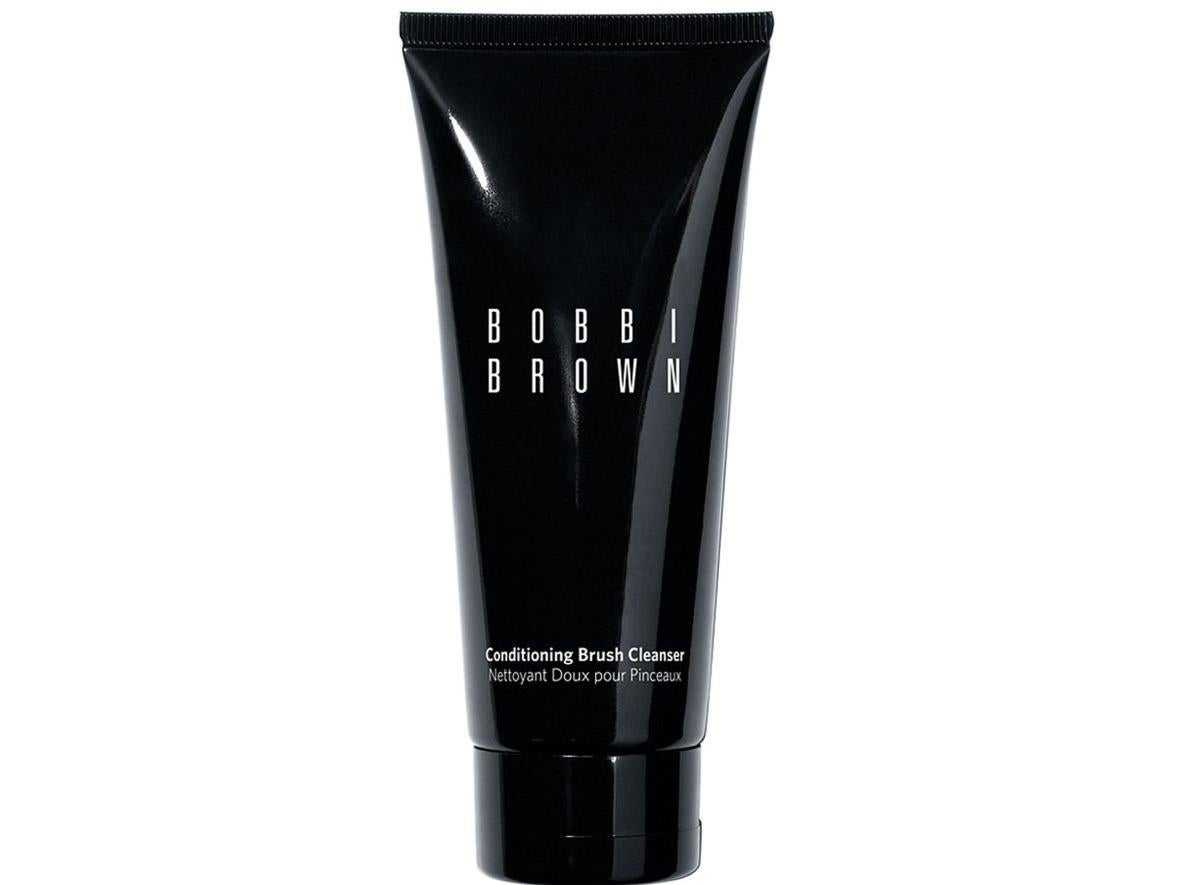
How often should you clean them?
How regularly you clean your brushes really depends on how often you use them, and while makeup artists might clean theirs every day, a once weekly wash will suffice for most – especially any brushes that are being used with liquid or cream formulas.
Some brushes, though, like those used for eyeshadow or bronzer, can sometimes get away with being cleaned just once a month. But be careful that the build-up of old product doesn’t affect their performance in the meantime.
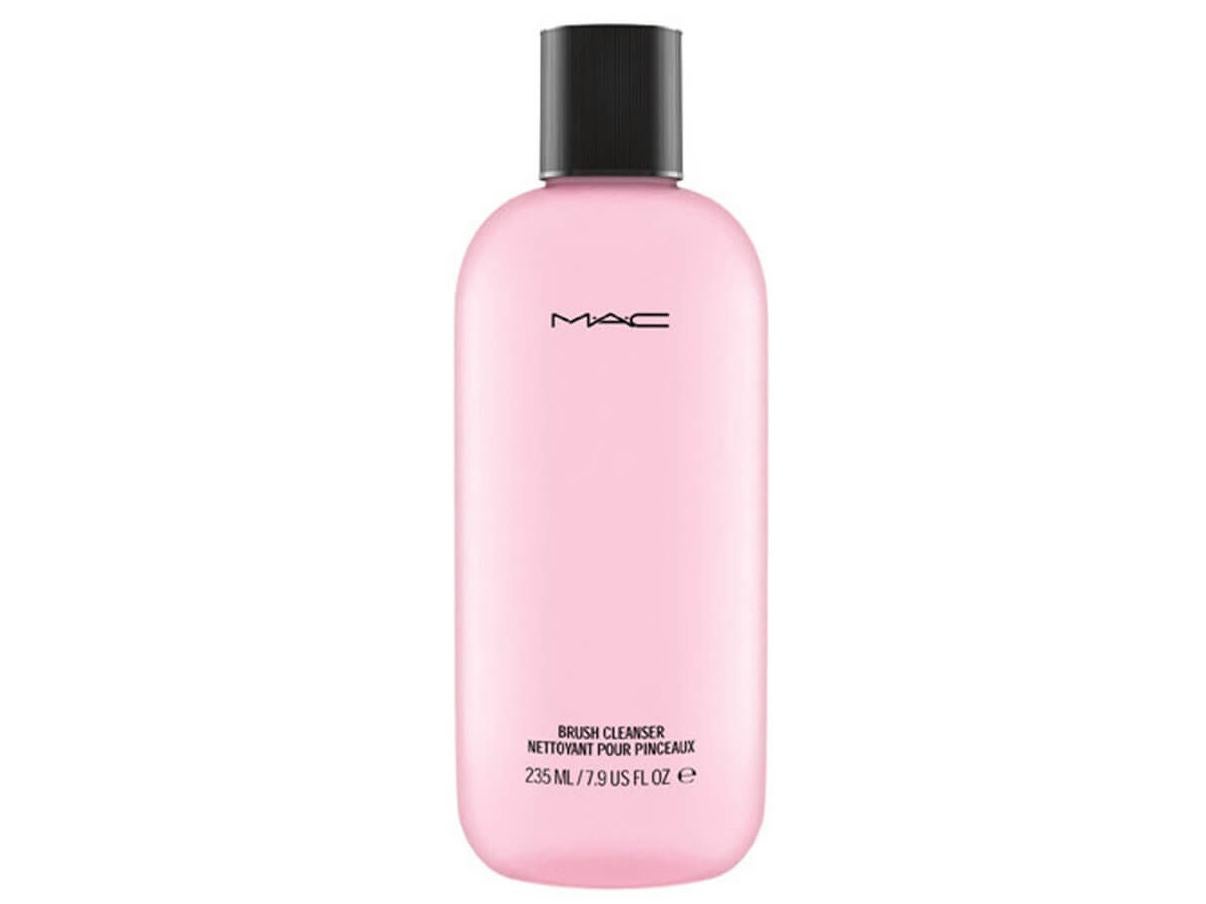
What type of cleanser should you use?
Thanks to a surge in removal liquids, gels and waxes, keeping your brushes sanitised is as easy as ever. However, the formula you choose is dependant on the type of bristles your brushes are made with.
For natural hair brushes it’s best to use a gentle cleanser so the bacteria is removed without leaving them stripped or dry. Alternatively, you can take a slightly tougher approach to synthetic brushes – but if you’re ever unsure then baby shampoo is a popular go-to.
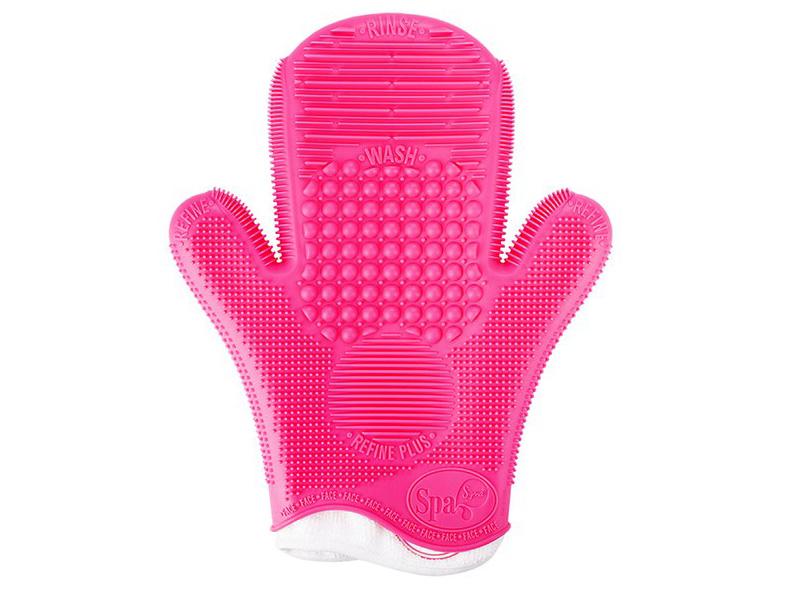
What’s the best technique?
Cleaning your brushes requires little more than a cleanser, warm water and the palm of your hand.
Simply dip each brush individually under warm running water – being careful to avoid the ferrule, the piece of metal at the base of the brush – before massaging in the soap and gently swirling in the cup of your hand. Rinse and repeat until the water runs clear.
For a deeper clean you can also invest in cleaning gloves or pads that feature different textures to massage soap into the bristles.
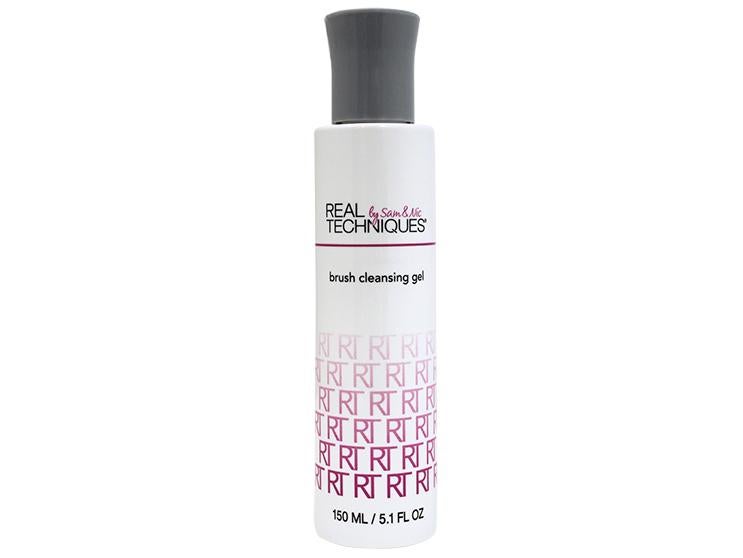
How should you dry the brushes?
Once you’ve rinsed your brushes, lightly squeeze out any excess water and either point them downwards or lay on a towel to avoid water seeping in while they dry. The most important thing here is to make sure the ferrule stays dry at all times to avoid the bristles coming loose.
Join our commenting forum
Join thought-provoking conversations, follow other Independent readers and see their replies
Comments